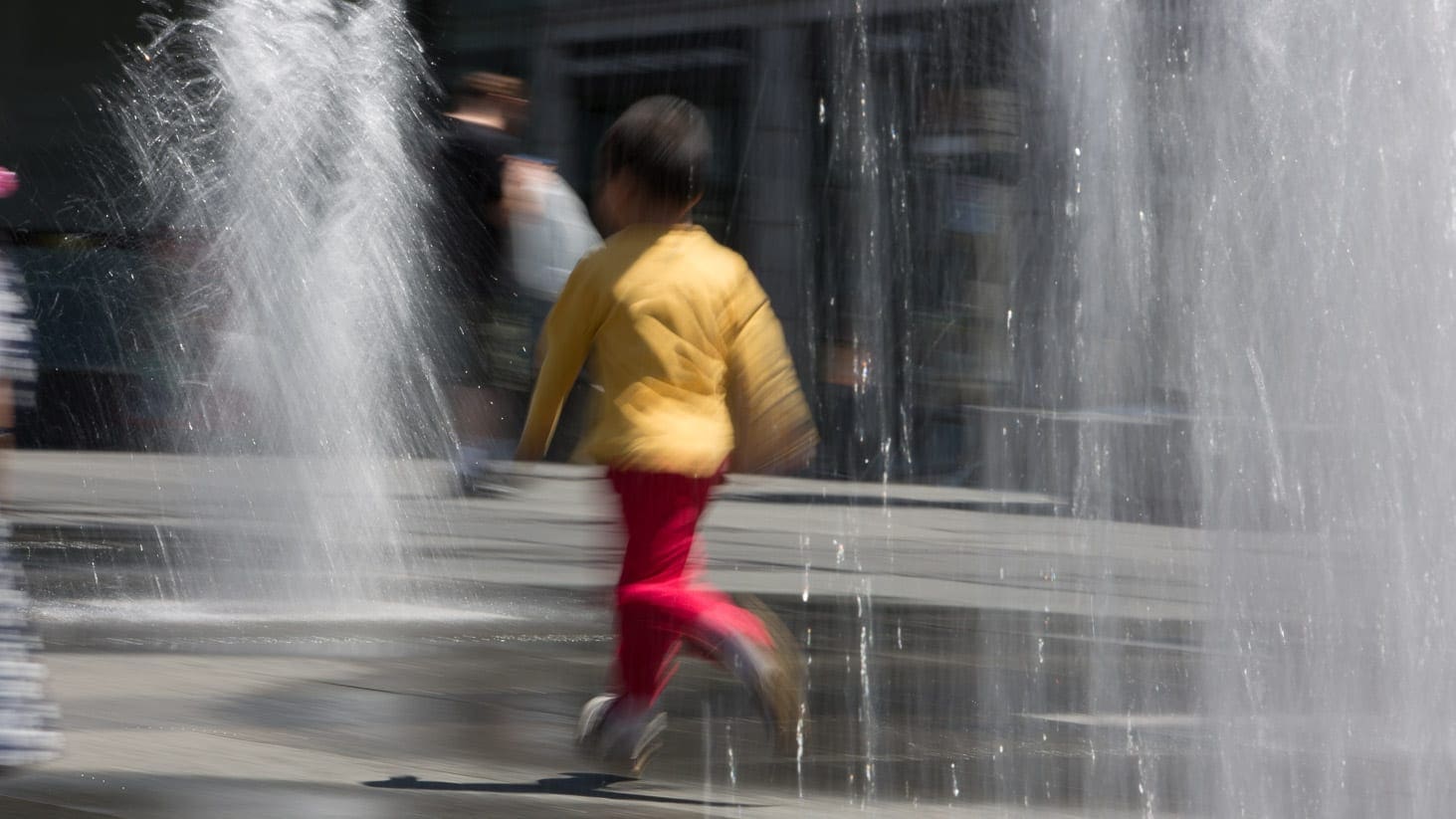Composition Tips On Michael Willems’ Images
Composition Tips On Michael Willems’ Images
FRAMING the earth toned mall with the bold and contrasting red street symbol on the left where your eye is first drawn, then sending you across the street. It is enjoyable to study this image and note the details of the parallel street sign across, just above the traffic cop, who is looking at the man in the black shirt, as is the b/w street sign of a direction arrow. Continuing the man in the black shirt is looking back and upward toward the brown building that then takes you in to the recesses of the scene and back via the white truck. The eye and brain of the viewer are having a great time here.
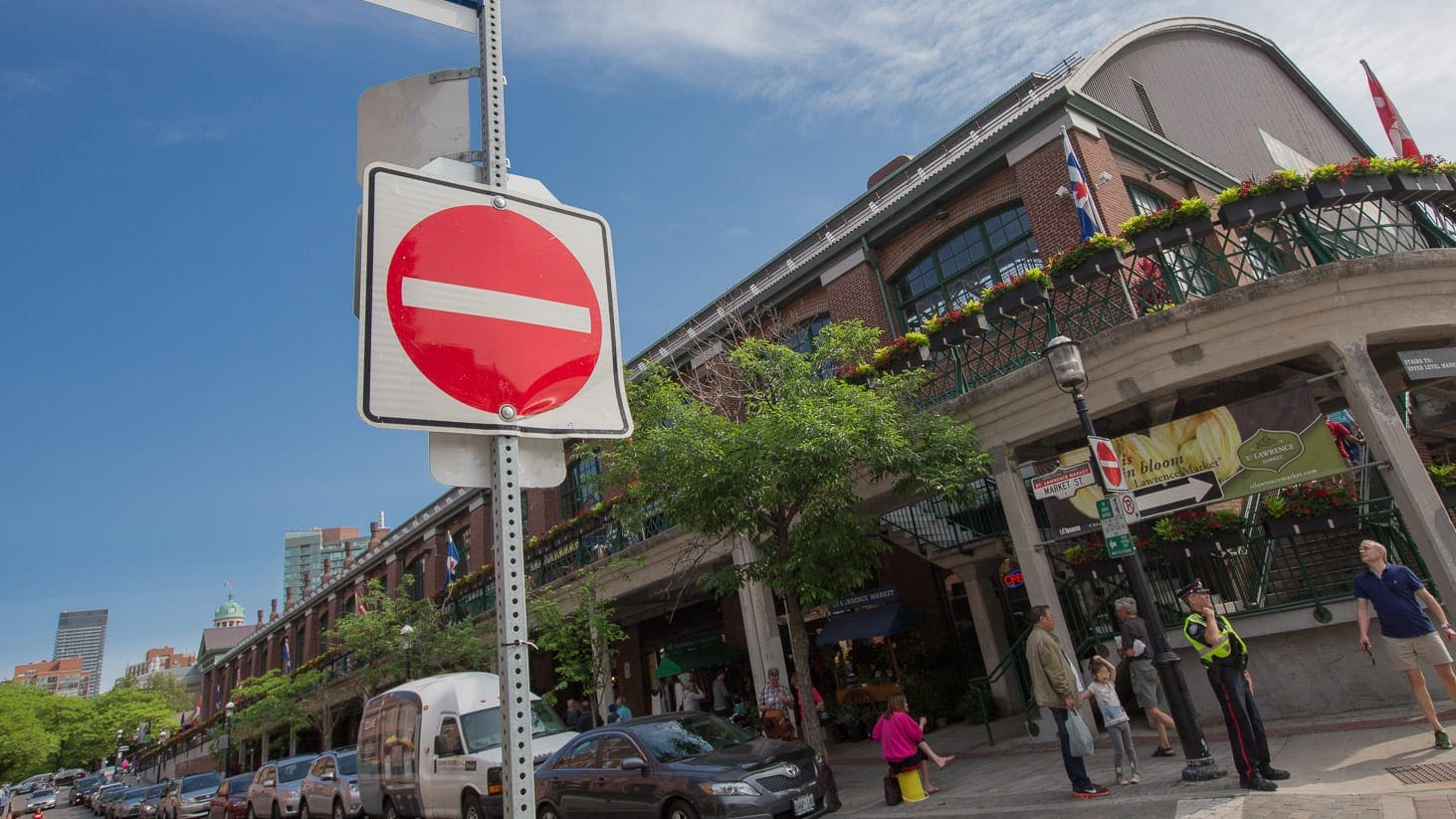
Another FRAMING Shot, exemplified by the arched entryway into the hall.
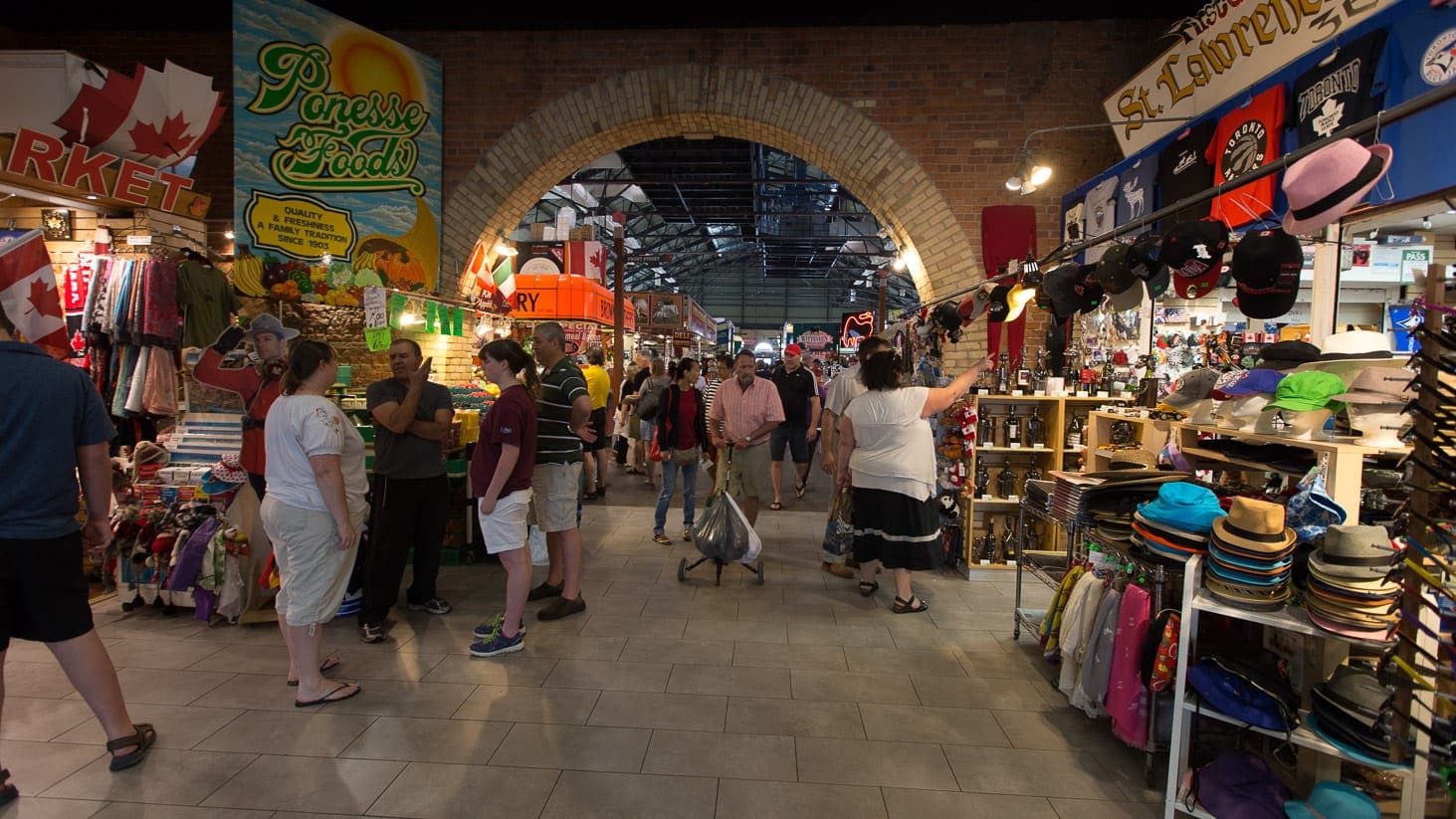
PATTERNS AND COLORS are always visually pleasant. Note the added dimension with the green grocery flags at the top of the image. Another trick to create appealing images of produce is to go close up and fill the entire frame with the fruit or vegetable, turning the contents into a colorful abstraction. LEADING LINES of the produce draws the viewer in to the interior of the scene.
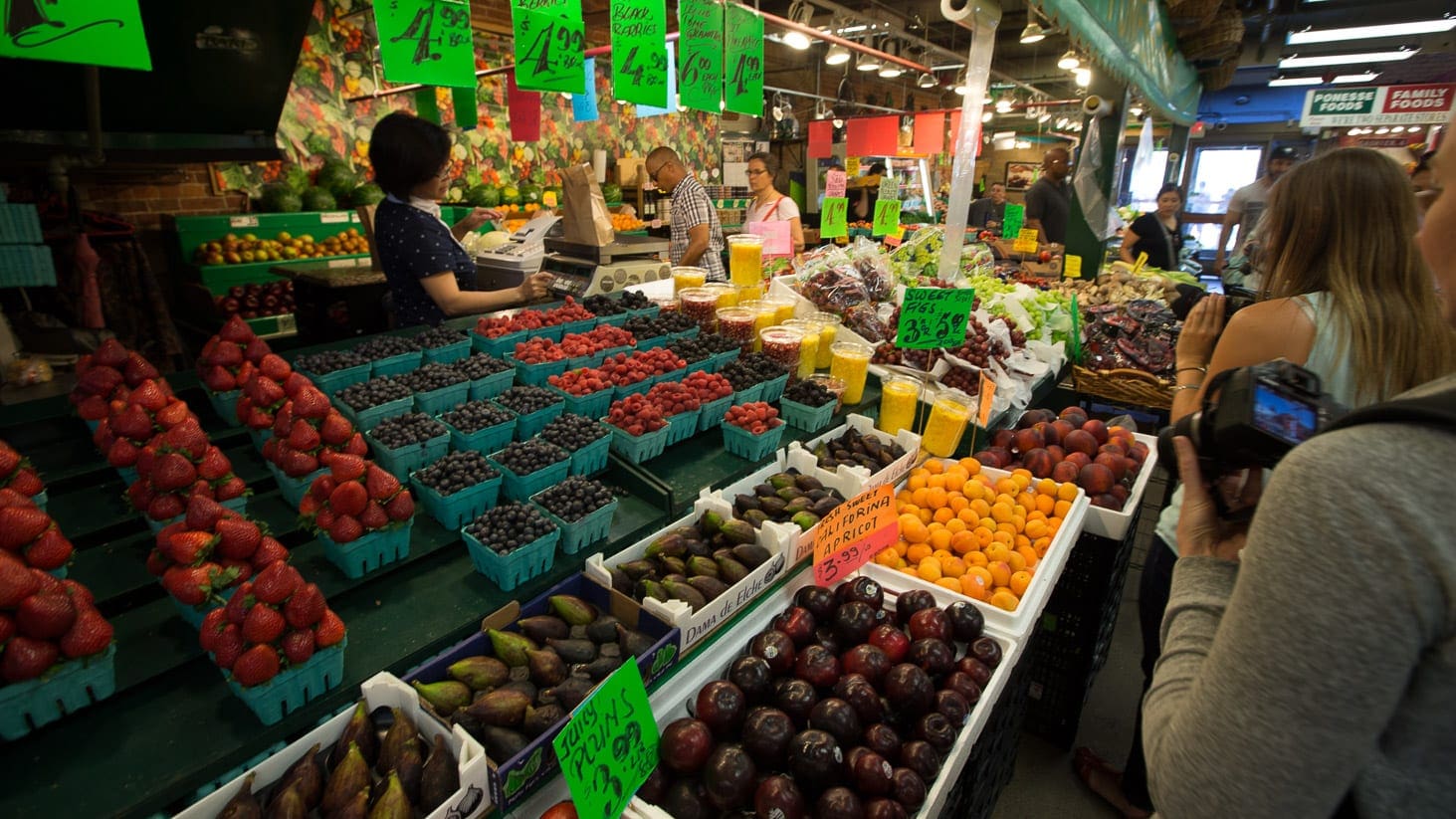
LEADING LINES in this shot are combined with an ASYMMETRICAL focus on the strawberries in the foreground.
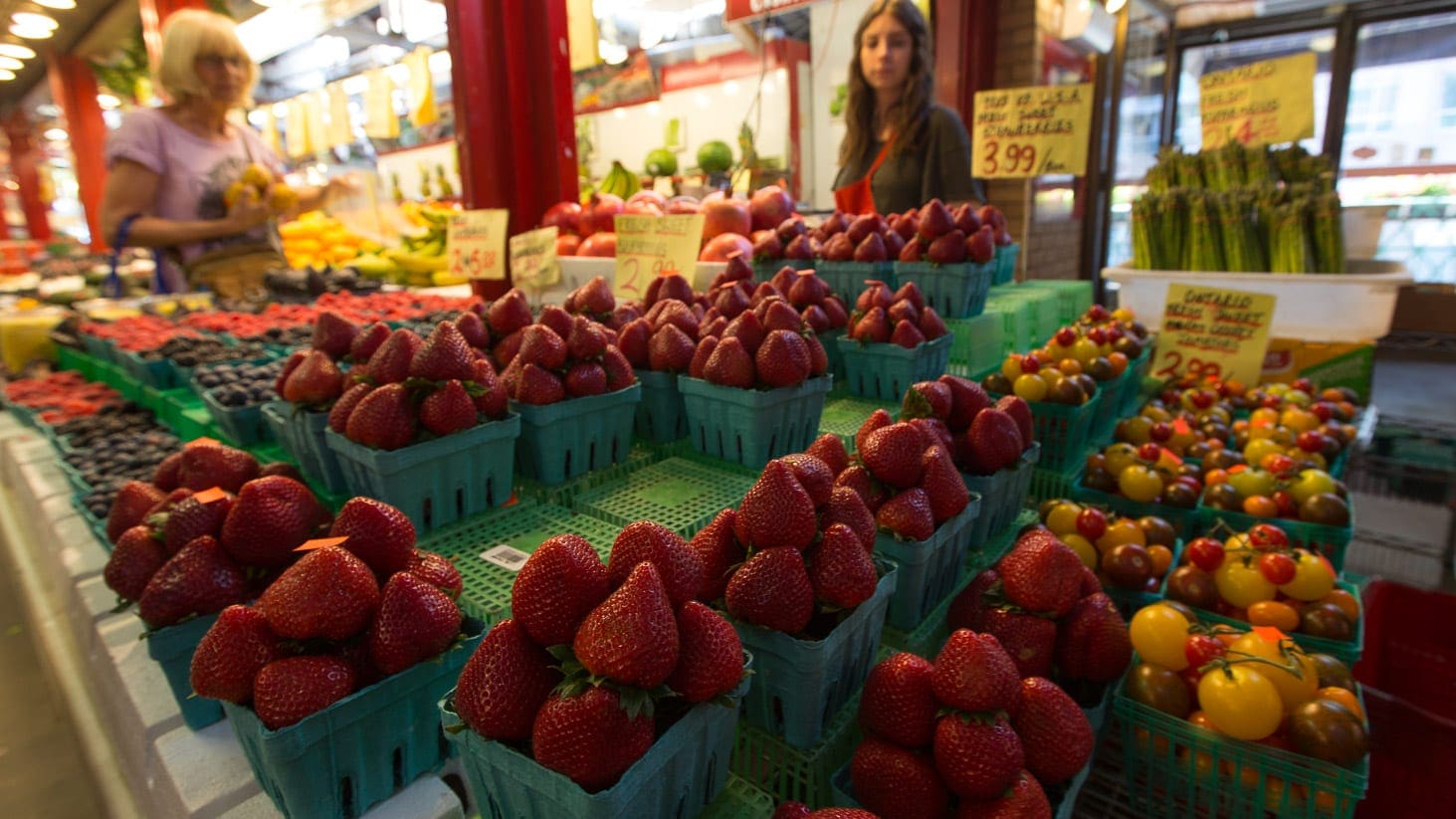
Great way to tell the viewer what they are looking at by FRAMING the building with the sign on the lower left.
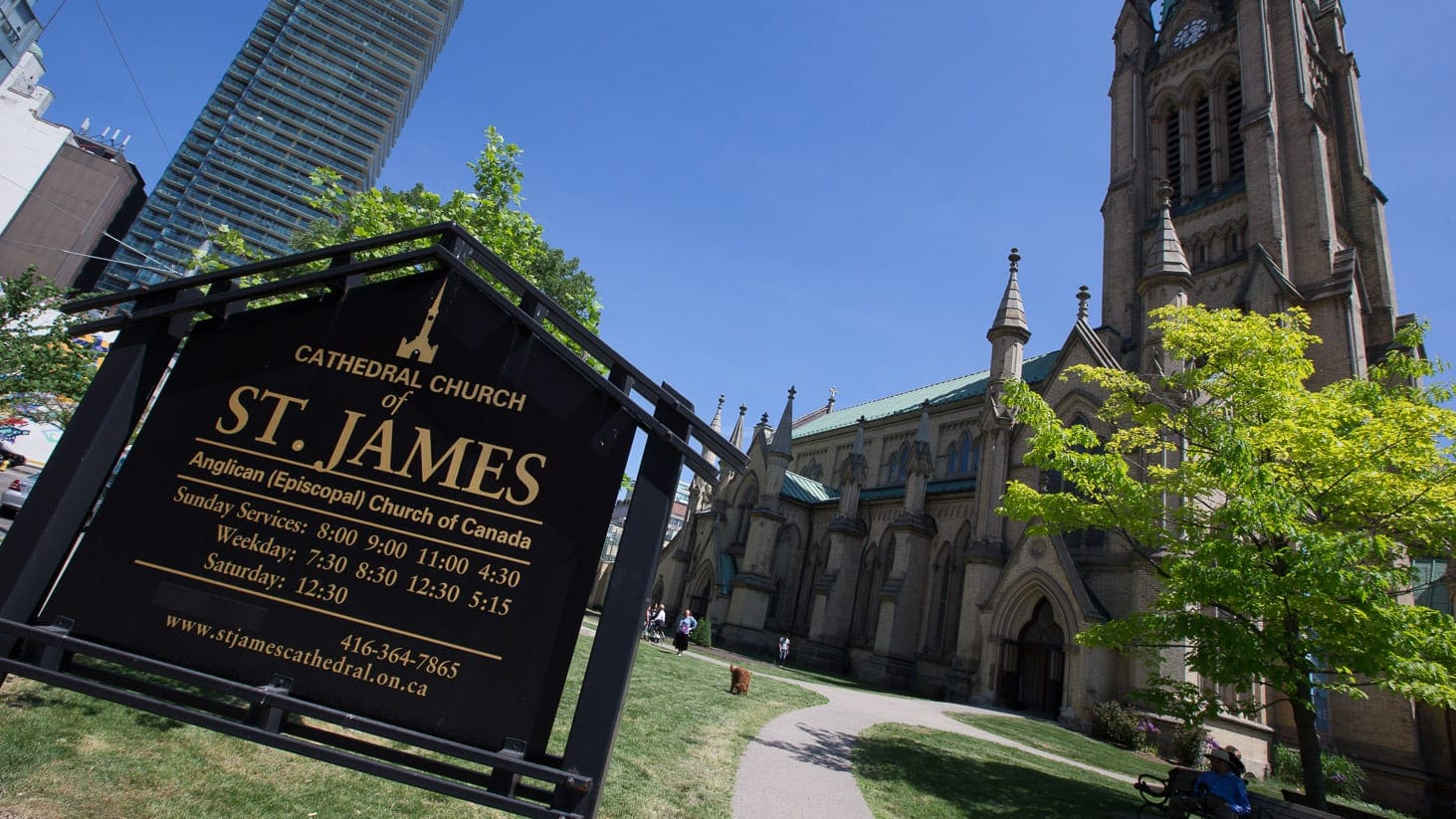
So many composition options inside a church with stained glass windows. In this case work with PATTERNS and LEADING LINES

PANNING to create the effect of speed and motion
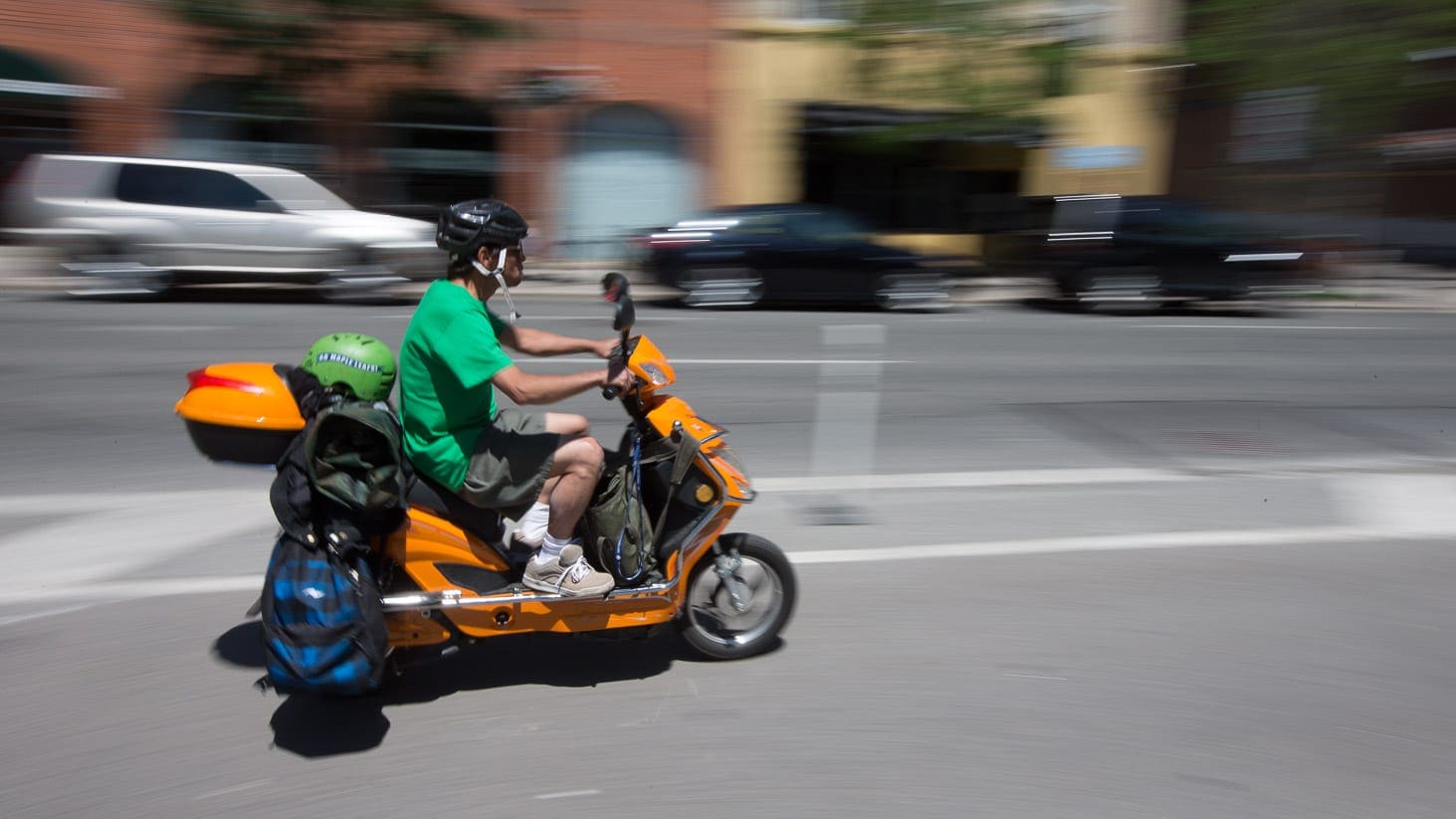
With a SIMPLISTIC red background this street portrait helps one to view the individual in an empathic way, particularly with the same red in the jacket. The dark shadow under the vehicle is also a PARALLEL in shape and color to his legs in black pants. He is leaning on a post that anchors the eye of the viewer into the narrative taking place to the left.
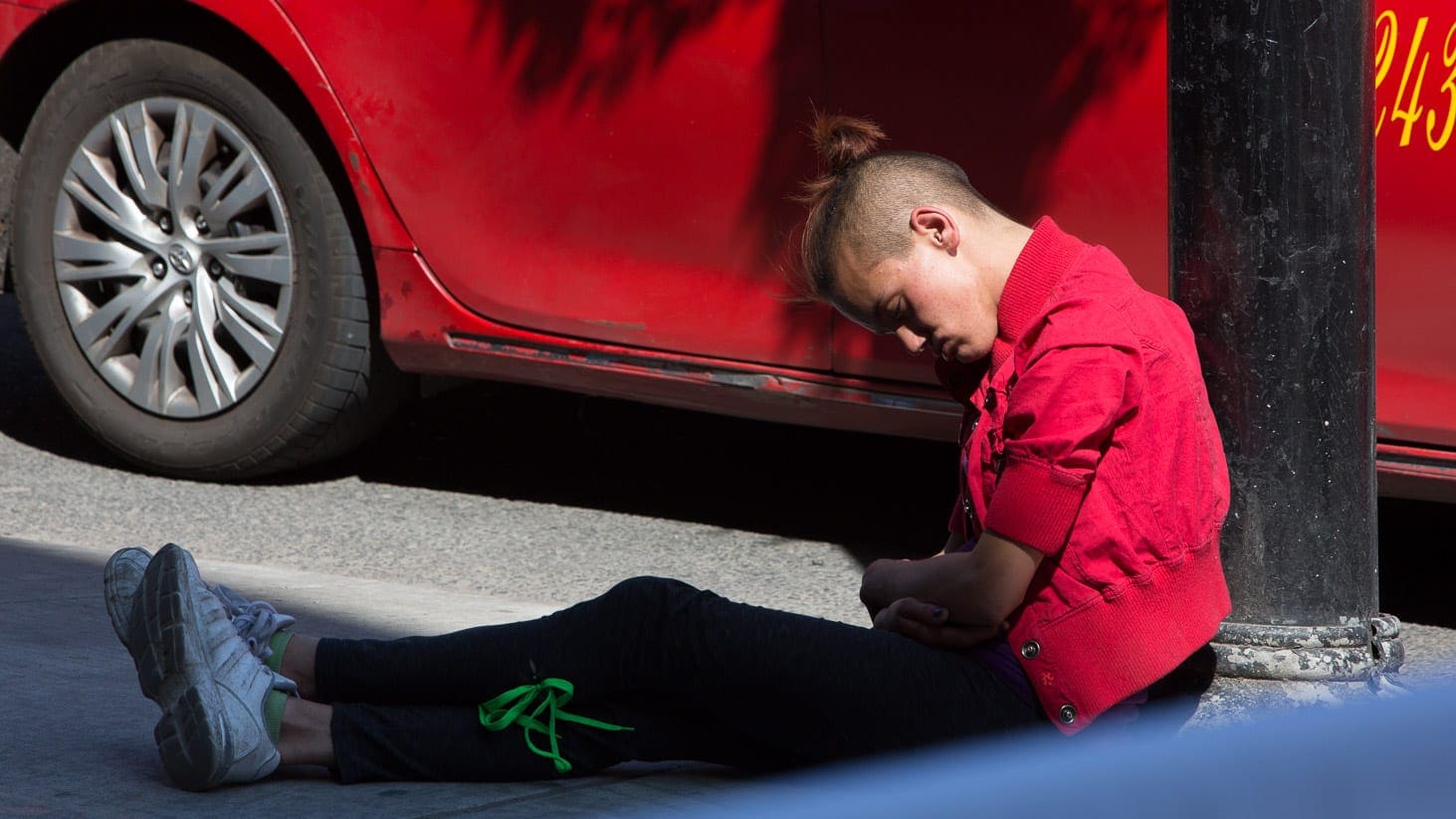
The bird is flying away, and out of the frame but your gaze is anchored by the structure at the bottom of the image. The visual between the bird and the wall at the bottom can be referred to as NEGATIVE SPACE, playing the role of keeping your eye movement within the frame.
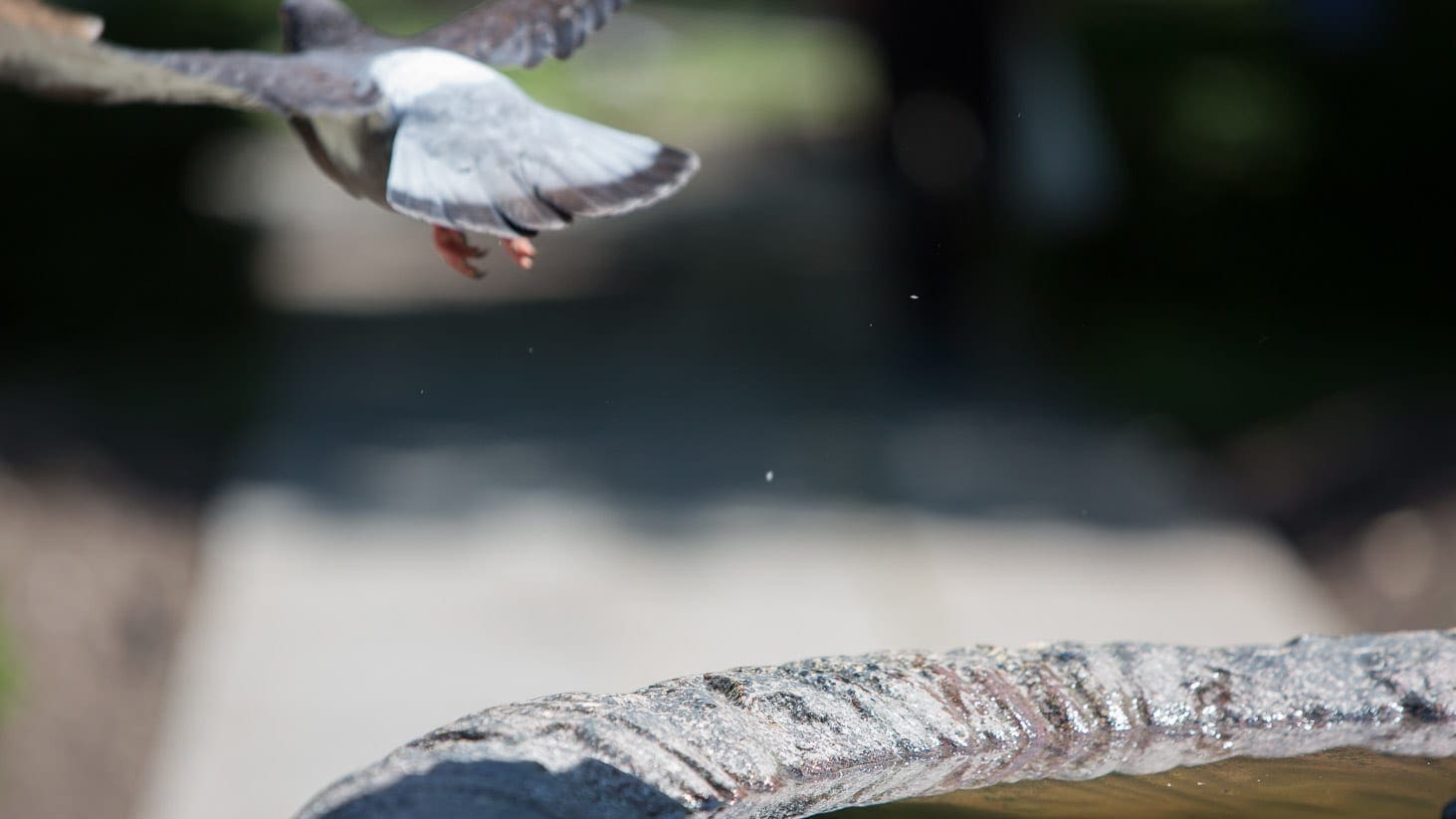
APERTURE CONTROL, where the photographer focuses the scene, blurs the background in a dramatic and visually pleasing manner to create a focus on the bust. There is also a RULE OF THIRDS at play, creating a more dynamic layout instead of an image with the bust dead center. Sometimes an image with the main subject in dead center is exactly that, DEAD.
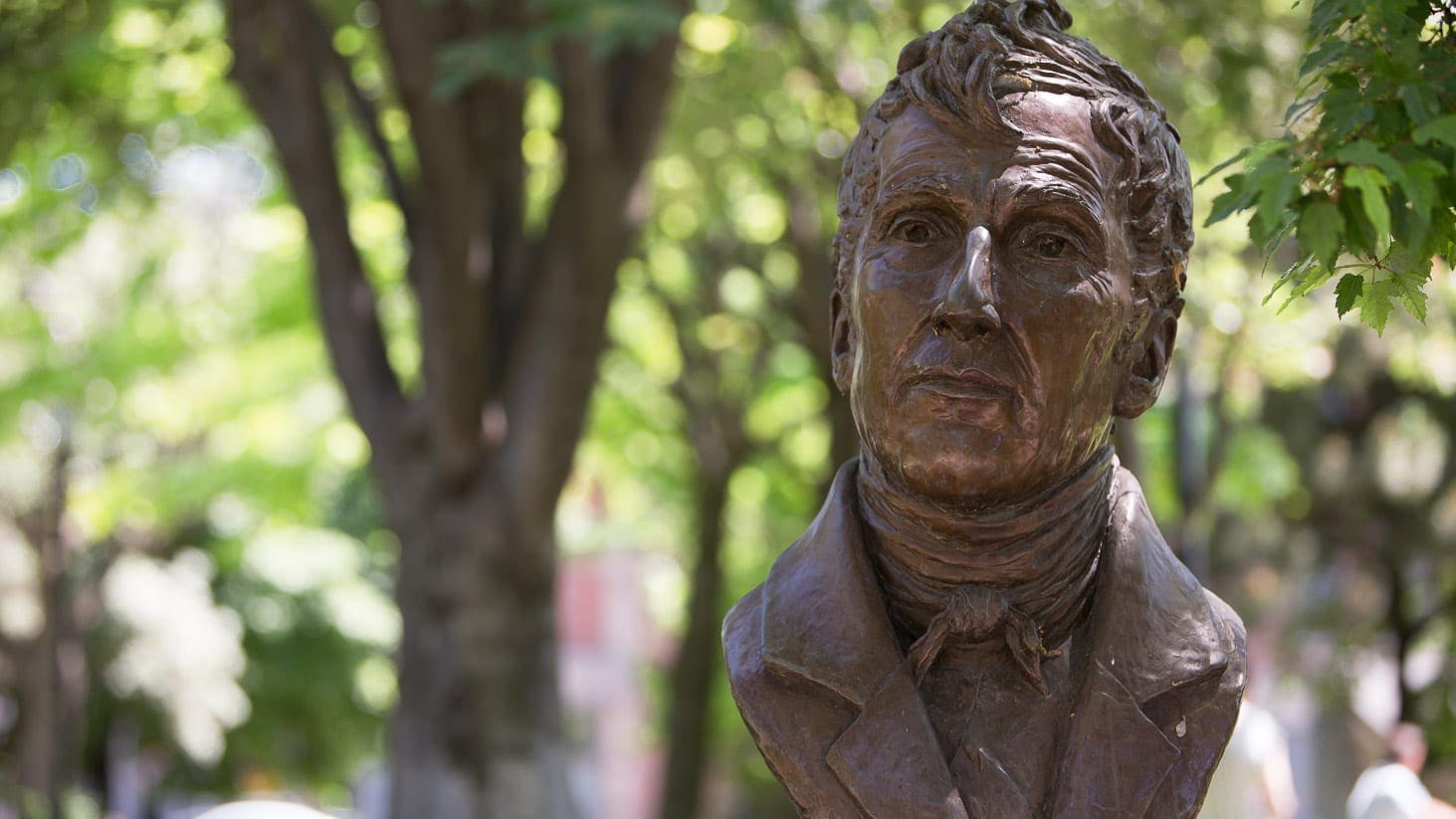
Depending on SHUTTER SPEED, moving water can be captured as a smooth flow or a split second of action.
